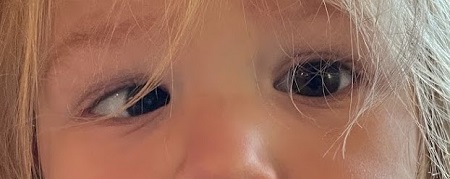Strabismus is a disorder in which the two eyes are not aligned. The most common form of strabismus is known as «cross-eyed». In most cases it is harmless and can be corrected. In these cases, the genetic cause is a combination of polymorphisms that are not yet fully described. However, in some cases, strabismus can be the first symptom of severe pathologies. This is the case of congenital cranial dysinnervation disorders.
Strabismus is the first symptom of congenital cranial dysinnervation disorders such as Moebius and Duane among others. However, this trait is followed by more serious symptoms such as facial paralysis and bone-muscular abnormalities. Their clinical diagnosis in childhood is complex and they can be easily mistaken with psychomotor retardation or cerebral paralysis. Detecting these disorders in the first years of life is key to ensuring a clinical diagnosis, alleviating the symptoms and facilitating their treatment.
Moebius syndrome mainly affects the muscles that control facial expression and eye movement. Although most cases are sporadic, two dominant genes, PLXND1 and REV3L, have been described as responsible for this disorder. Duane syndrome is characterized by a limitation of the horizontal movement of the eye due to eyeball retraction, and the genetic cause has also been identified, the SALL4 gene.
In DBGen is offered a new panel «Panel of Syndromes that occur with Strabismus (Congenital Cranial Dysinnervation Disorders)» designed specifically for the genetic diagnosis of these pathologies.
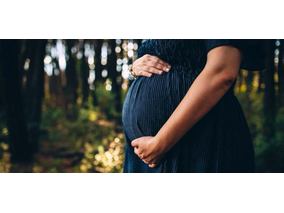
The research team observed changes in head circumf...
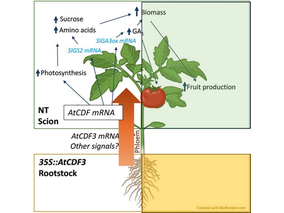
AtCDF3 gene induced greater production of sugars a...
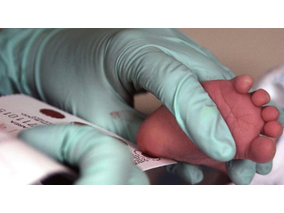
Un estudio con datos de los últimos 35 años, ind...
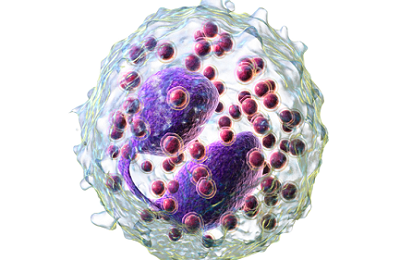
En nuestro post hablamos sobre este interesante tipo de célula del...

La revista ‘Nature Protocols’ selecciona esta técnica como “pro...
Biotechnology portal in Spain
Subscribe to our newsletter and stay up to date with the latest news and deals!
2013 © Biotech-Spain.com - Site Developments SL. All Rights Reserved. Terms of Service | Privacy Policy
Articles
Directory
